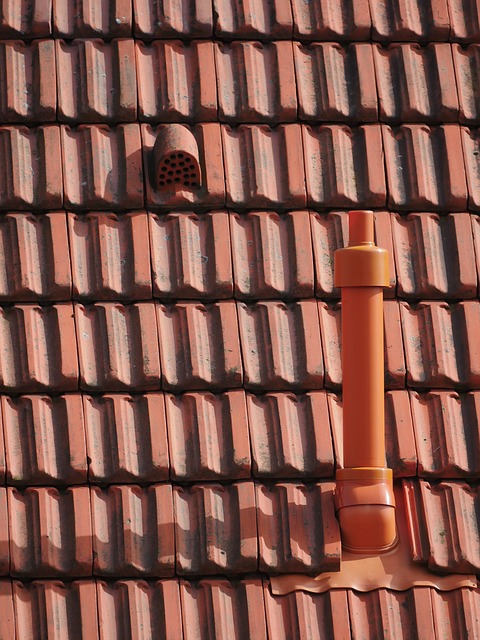Insufficient roof ventilation, or no ventilation at all, can lead to problems. It’s never a bad thing to have roof ventilation, even if it’s not necessary for every single roof. The lack of ventilation can cause problems, in which case you’ll need to problem dealt with and ventilation installed. Much like the lack of sufficient roof insulation, older homes are less likely to have had ventilation installed. If they showed no problems as a result, ventilation won’t be necessary. If you suspect you might need a change to your roofing ventilation, you need to get in touch with your local roofers in Nottingham. Catch potential problems earlier and you’ll save yourself hassle in the future!
For some houses, even though there may never have been a problem, a sudden change in the house environment can lead to issues. Sudden problems can arise from the following changes to a home’s environment:
– Installing different attic insulation
– Installing wall insulation
– Having new windows installed (for example, double glazing instead of single glazing)
– Drainage issues that lead to damp
A roof that functions absolutely fine while unventilated, may become ripe for the growth of mould. Whenever you have a drastic change like this in your home, it’s always sensible to monitor the attic and roof for problems. Once you know that it’s fine, then you won’t have to worry about it.
WHY IS ROOF VENTILATION IMPORTANT?
Imagine you’re in your kitchen on a cold winter’s day, cooking a large meal. The windows are closed. The oven is on, saucepans are bubbling away, and the room is filled with steam. Naturally, a large amount of condensation appears on the windows. Conversely, on a hot summer’s day, leaving the windows closed means the room will become incredible hot. It’s the same reason why we adjust out windows with the changing temperature outside. Problems with condensation and excessive heat can also affect roofs if they aren’t well ventilated.
WHAT HAPPENS IF YOU GET CONDENSATION IN THE ATTIC?
Condensation in the attic is most common in the autumn and spring, though it can appear anytime depending on the house’s environment. It can be anything from small water droplets appearing to condensation developing over a much larger area. Membranes, undersides of tiles, beams, they can all be affected. A large amount of accumulation can result in water leaking through the ceiling into your house.
A lot of people very rarely go in their attic. Perhaps the space isn’t utilised, or there is no need until you need to get ready for Christmas each year. Take a torch and have a look. Is there a musty smell? Are there any damp patches or black mould on any cardboard boxes? If you notice any damp patches or areas where water droplets are gathering, it might be time to call your roofer.
WHAT EXACTLY CAUSES CONDENSATION?
The day-to-day activities in your home change the humidity, temperature and moisture levels rapidly. Taking showers, cooking, putting the heating on, these all lead to warm, wet air to rise throughout the home. This air needs somewhere to go, hence the need for ventilation. Sometimes it’s a case that, even in a home with ventilation, large amounts of air can’t escape quick enough to avoid condensation in the attic.
The arrival of cavity wall insulation combined with double glazing means problems for older homes with lower levels of ventilation or none at all. They weren’t made with this level of insulation in mind. It’s great for keeping you warm, but as a result, the attic space will have to endure much more warm, moist air as a result.
WHAT TYPE OF VENTILATION SHOULD I GET?
It’s tricky to give one-size-fits-all solutions without investigating the specific property. Houses vary in size, dimensions, levels of insulation, number of windows, type of windows, location of various rooms, the list goes on. Generally, when you need ventilation fitted, the property will need to be inspected by your local roofing contractor. The right balance needs to be found between ventilation that is adequate to allow air to escape, but not so much as to allow the house to lose excessive energy. We recommend going for a cautious approach and underestimating the amount of ventilation needed where it’s not completely clear. Extra ventilation is easier to add later on than reducing what’s already installed.
Make sure you know your roofing ventilation situation. If you don’t, it’s worth investigating. Checking your attic every few months for signs of damp is good practice to ensure any problems are caught early before any real damage has been done. Ventilation is a simple, low cost solution to problems with moisture and damp in the roof, so make sure you know where yours stands.
Vent technology is surprisingly complex. Take a look for yourself!

